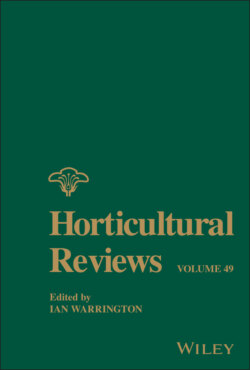Читать книгу Horticultural Reviews, Volume 49 - Группа авторов - Страница 23
D. Breeding for Compactness
ОглавлениеWild plants of the species are on average about 2 m tall and 1.8 m wide with mature plants often being much larger (A. Sherwood, pers. obs.), making breeding for smaller forms desirable in order to allow H. quercifolia to be grown in smaller garden settings. Mature plant size is often cited as a quantitative trait in other crops (Miller and Hammond 1991), although in certain cases there may be a single major effect gene which induces compactness (Ishimaru et al. 2003). Considerable progress has been made in breeding more compact H. quercifolia cultivars. By using ‘Sikes Dwarf’ and ‘Pee Wee’ as parents in breeding populations, The USDA‐ARS Floral and Nursery Crops Laboratory (McMinnville, TN) has introduced three cultivars that are considerably smaller than the species (Reed 2010; Reed and Alexander 2015). Using these cultivars as parents in crosses should yield progeny with smaller stature. Additionally, in first and second year wild collected oakleaf hydrangea seedlings, variation in plant architecture traits has been detected with populations from the northeastern extent of the species range being the most compact (Sherwood et al. 2021). Therefore, wild germplasm can serve as a novel source of compactness for breeding.
